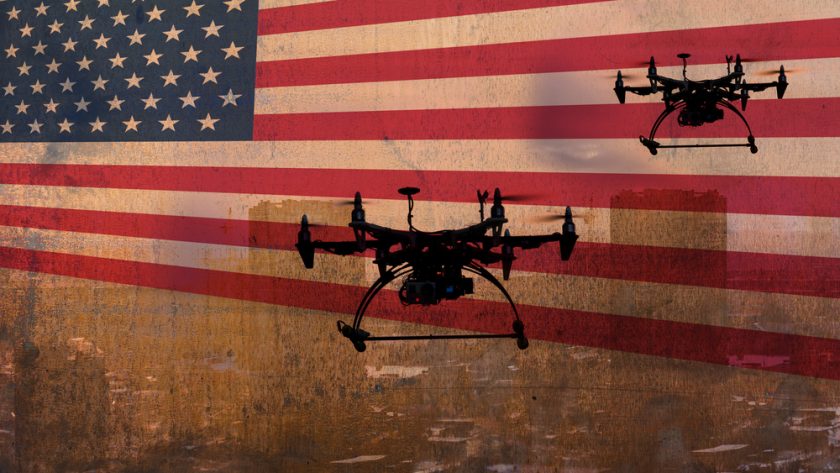The US Federal Aviation Administration (FAA) has published the final report from its UAS Detection and Mitigation Systems Aviation Rulemaking Committee (ARC) (see https://www.unmannedairspace.info/counter-uas-systems-and-policies/faa-announces-members-of-its-uas-detection-and-mitigation-aviation-rulemaking-committee/).
The ARC recommends the FAA, with other relevant federal agencies:
- Ensure that all policy decisions are based on a thorough understanding of the industry and that detection and mitigation issues are considered separately for policy purposes.
- Conduct the necessary research and analysis to establish minimum performance standards, a safety framework, best practices, training programs, and a continually evolving approved list of technologies for UAS D/M systems.
- Establish testing protocols and use approved third parties for system testing and authorization.
- Establish an entity for airport terminal airspace operations that is responsible for UAS D/M system monitoring and aircraft deconfliction, as deconfliction is an Air Navigation Service Provider (ANSP)4 function that cannot be adequately managed by a D/M system operator or air traffic control as currently configured.
- Develop a clear approval process for D/M deployment at airports and non-airport facilities and require detection system operators to complete training, and mitigation system operators to complete training and certification. However, acquisition and deployment of D/M by airports should remain optional and never be required by the federal government.
- Create a scalable regulatory framework for operational requirements with privacy protections for UAS operators and for the public. The framework should include verified operator and data sharing programs, noting that any information accessed or exchanged from the agency must have sufficient privacy and security safeguards similar to manned aircraft operators.
“The recommendations in this report are intended to provide a framework of actions and policies to promote safe and widespread adoption of UAS D/M systems that does not adversely impact or interfere with the safe and efficient operation of the NAS,” says the report.
The ARC Charter was signed in March 2023 and the ARC began its work in May 2023. The ARC is composed of representatives from the manned and unmanned aviation communities, government entities, various subject matter experts (e.g., law, privacy, and environmental), and other stakeholders.
For more information
UAS-Detection-Mitigation-Systems-ARC_Final-Report_02052024.pdf (faa.gov)
(Image: Shutterstock)




